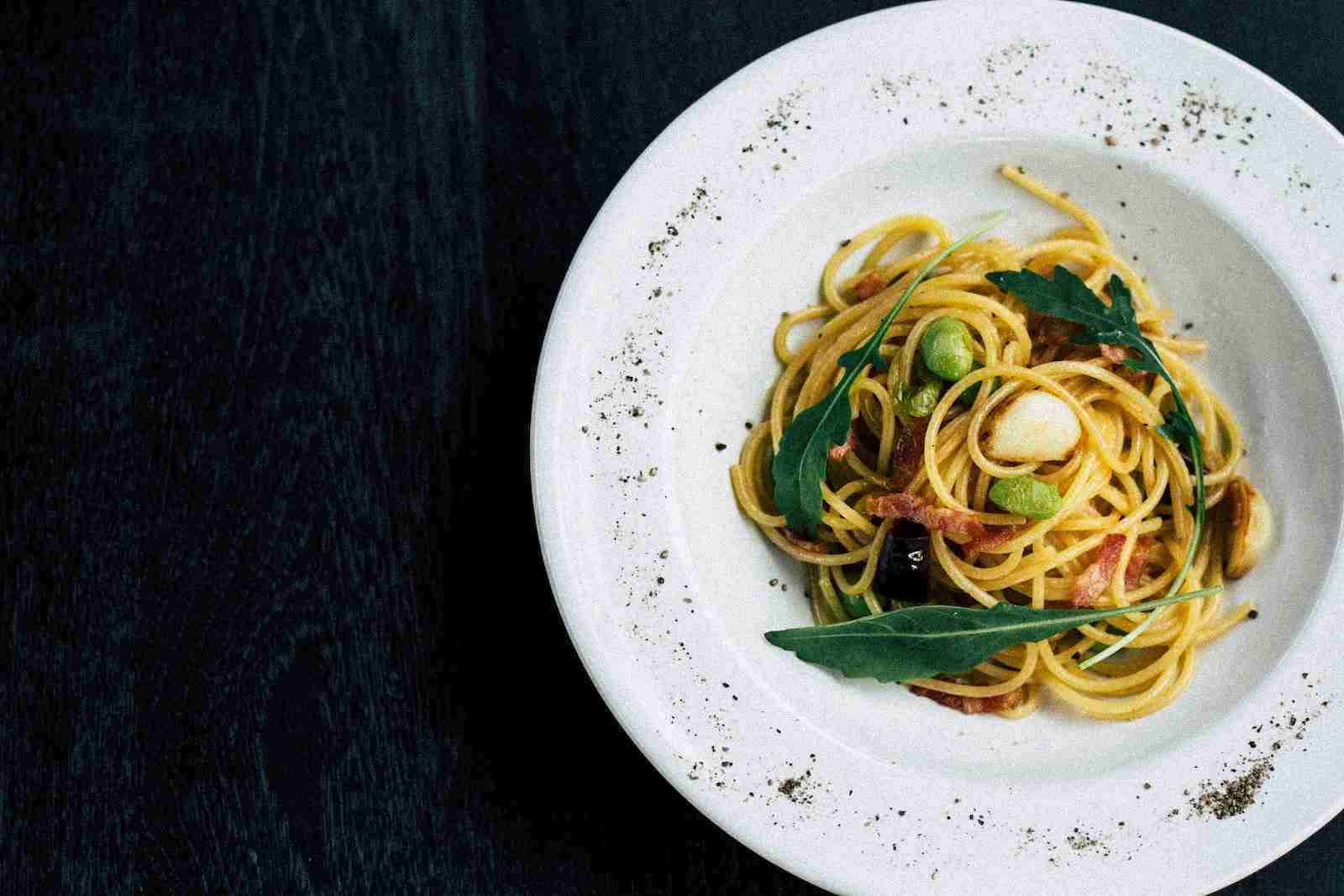22 Fun Facts About Pasta That You Should Know
1. The word “pasta” comes from the Italian word “pasta” meaning dough or paste.
The origin of the word “pasta” can be traced back to Italy. In Italian, this versatile food item is referred to as “pasta”, derived from the words meaning dough or paste.
Pasta has been a part of Italian cuisine for centuries, becoming a staple in most traditional dishes and one of the most beloved comfort foods worldwide.
From Farfalle to Fusilli, each type of pasta holds individual significance to the Italians who not only appreciate its delicious versatility but its long ancestry of appealing tastes and textures.
2. The earliest reference to pasta dates back to 1154 in Sicily.
The mention of pasta can be traced back over 800 years. During the 12th century, references to pasta began appearing across Sicily. A text from 1154 specifically mentions Italians enjoying these simple yet flavorful dishes.
The people of Sicily have enjoyed this comfort food for centuries – and it’s easy to see why. With its versatility and delectable flavor, pasta has been a staple in Italian cuisine for hundreds of years.
3. The average Italian eats over 51 pounds of pasta every year.
Do Italians love pasta? Apparently so! With an average of 51 pounds of the popular Italian dish being consumed annually per person, it’s clear that the Ravioli and Penne remain unparalleled favorites.
This intriguing statistic shows no signs of changing anytime soon either — a hearty bowl of Fettuccine has been enjoyed by generations of hungry Italians.
4. Pasta is made from two ingredients: flour and water (or eggs).
Pasta is a beloved staple of Italian cuisine that can be enjoyed in countless delicious forms. Its creation requires just two simple ingredients: flour and water (or eggs).
These seemingly mundane ingredients form the basis to create a culinary delight for many. Using tried-and-tested methods, artfully crafted pasta is created with simplicity.
By combining the flour’s starchy goodness and perfect hydration, chefs knead and shape these basic components into sought-after pasta dishes.
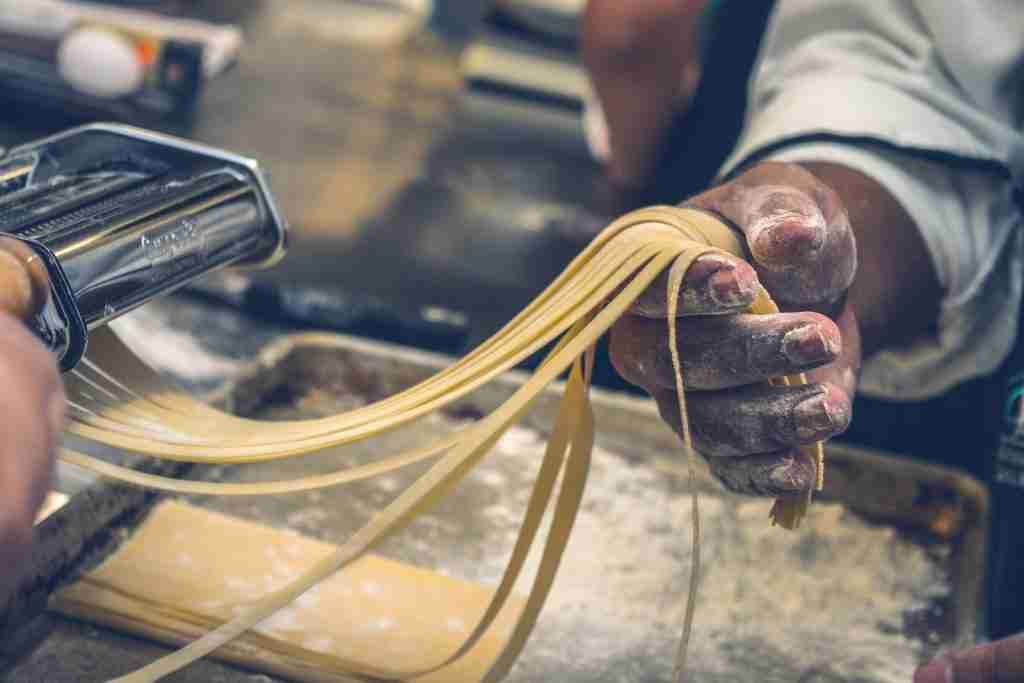
5. There are over 600 different pasta shapes and varieties, each with their own unique texture and flavor.
With over 600 different types of pasta, your culinary creations are boundless! From fettuccine to macaroni shells, spaghetti to penne, each have a unique texture and flavor that will surely tantalize your taste buds.
6. The most popular pasta shapes in Italy are spaghetti, penne, and macaroni.
When you think about Italian cuisine, a few dishes often come to mind – pizza, pasta, and risotto. Out of all the various kinds of pasta available, Italians have elevated a select few shapes to star status.
Spaghetti is perhaps the most iconic; it’s the classic addition to a range of Italian dishes such as Bolognese, carbonara and puttanesca. Penne is also very popular. It translates from Italian to ‘quill’ because it looks like the tip of a pen!
Penne is used in everything from salads and soups to tasty macaroni cheese or pesto-laced bakes. Another popular kind is macaroni, which takes its name from Tuscan maccheroni or ‘straw’ for its tubular shape.
7. The largest pasta producer in the world is Barilla, which produces over 4 million tons of pasta annually.
Barilla is the largest pasta producer in the world. Every year, 4 million tons of pasta are produced for customers across different countries and continents.
This annual production makes Barilla one of the most successful producers in its field, contributing to an expansive array of delicious dishes enjoyed around the globe. With years of experience and diverse offerings, Barilla continues to make top quality products that delight numerous palates.
8. A Pasta history fact: the oldest pasta shape in the world is lasagna, which dates back to ancient Greece.
A Pasta is one of the most enjoyed dishes worldwide, but did you know that its oldest shape was lasagna? This particular dish has a captivating history! Dating back to Ancient Greece, lasagna has been a staple for dozens of generations.
It’s proof that there are some dishes whose popularity lasts centuries and whose influence resonates with cuisines around the world! Today, many versions of this increasingly popular pasta dish determine just how far one of the oldest forms have traveled.
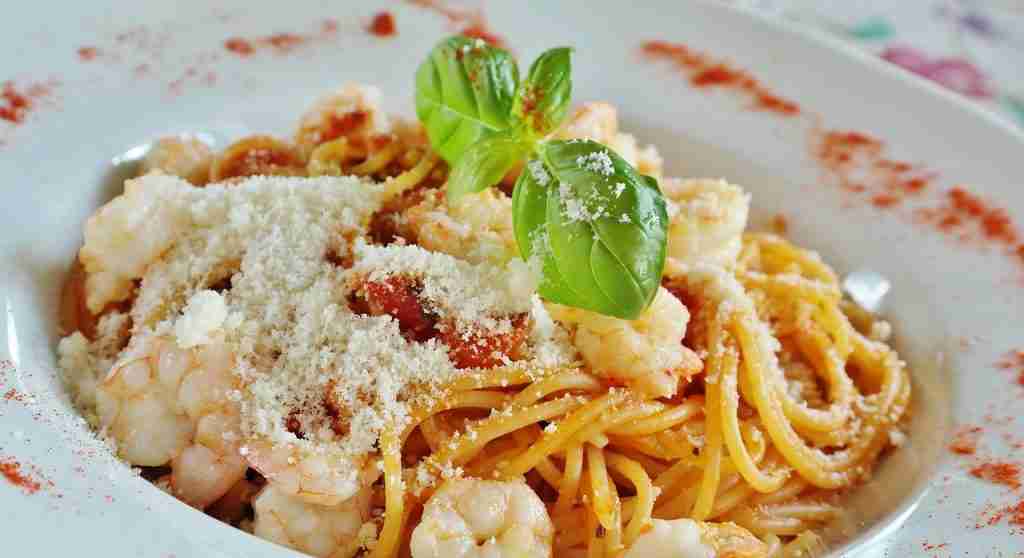
9. Some pasta shapes are named after the objects they resemble, such as bow ties (farfalle) and ears (orecchiette).
Different shapes of pasta reflect certain objects. Take bow ties for instance, they are known as farfalle in their pasta form. Orecchiette also takes its shape from something we come across on a daily basis, resembling small ears.
Every time you’re cooking with pasta you can marvel at the creative ways it’s been transformed!
10. In Italy, it is considered bad luck to cut spaghetti with a knife.
In Italy, customs regarding good and bad fortune are based heavily in superstitions. It is thought that one of the worst signs of bad luck at mealtime is the cutting of spaghetti noodles.
It’s an act so detrimental to bringing about positive energy within a group, it’s often believed that by doing so you might actually be ushering out every ounce of luck from the room.
Crafty Italians know to give their spears a good couple twists as opposed to reaching for the knife.
11. Pasta can be cooked in a variety of liquids, including water, broth, and tomato sauce.
Exploring different flavors is simple with pasta! You can create delicious and unique dishes by cooking it in multiple liquids, such as water, broth, or a (tangy) tomato sauce. Boil up something creative and reinvent the culinary possibilities of this classic dish.
Although water is the most popular ingredient for the base of your sauce, taking advantage of your pantry’s wider array than just plain H2O only adds to the variety of flavors you’ll experience when dinnertime success comes!
Broth brings an added depth to salsa verde whereas tomato sauce provides that beloved Mediterranean taste.
12. In Japan, there is a type of pasta called “ramen” which is a type of noodle served in a hot broth.
In Japan, there is a unique and flavorful dish known as ramen. Unlike pasta in the western world, this type of noodle dish is served hot.
Typically it consists of wheat noodles cooked in a rich bone broth flavored with soy sauce or miso and then topped with various elements such as char siu pork, egg, seaweed, onion, and naruto fish cake.
The delightfully steaming bowl builds layers of savory flavor that once tasted can’t be forgotten.
13. Pasta has been eaten as a comfort food since the early 20th century.
Pasta has a long, comforting history. Starting in the early twentieth century, it began to be enjoyed by many Europeans as a wholesome meal that brought them joy and warm feelings.
As word of this delicious food spread to all corners of the world, pasta gained even more widespread appreciation and continue to be beloved as a comfort food today.
In addition to its palatable qualities, it holds nostalgia for many who remember fondly what it meant to eat with family growing up or being served by loving hands in memorable places.
14. The first pasta factory in America was established in Brooklyn, New York, in 1848.
America may be known for today’s cutting edge technology, but it is also home to something less glamorous—pasta. Brooklyn, New York, served as the setting for what many refer to as one of the most noteworthy events in America’s food culture—the opening of the country’s first pasta factory in 1848.
The factory was so successful, it earned recognition by locals who described its significance as “the dawning of a new era” when it came to America’s cuisine and customs.
15. The longest strand of pasta ever made was over 1.5 miles long.
In 2017, a team of pasta aficionados in Italy set the “Guinness World Record” for the longest piece of pasta ever made: an impressive 1.5 miles in length!
This ambitious record challenged the team who needed over 8 hours working throughout the Lombardy region to create and assemble the strand. Surprisingly, far from just serving as an effort by culinary artists, it also aided scientists’ efforts to appreciate currents, tides and following unique displays of wildlife.
The fully documented process captured researchers’ attention due to its immense size and precluded discussions about the practicality of such a project on a larger scale.
16. The most expensive pasta dish in the world costs $2,000 and is made with lobster, truffles, and edible gold.
For the culinary connoisseur, there’s nothing quite like experiencing one of the world’s most expensive pasta dishes: it will cost you a whopping $2000.
Featuring the finest and definitely unique flavors, this luxurious meal includes succulent lobster, pungent truffles, and what is sure to capture your eye – edible gold! It’s certainly a dish unlike any other!
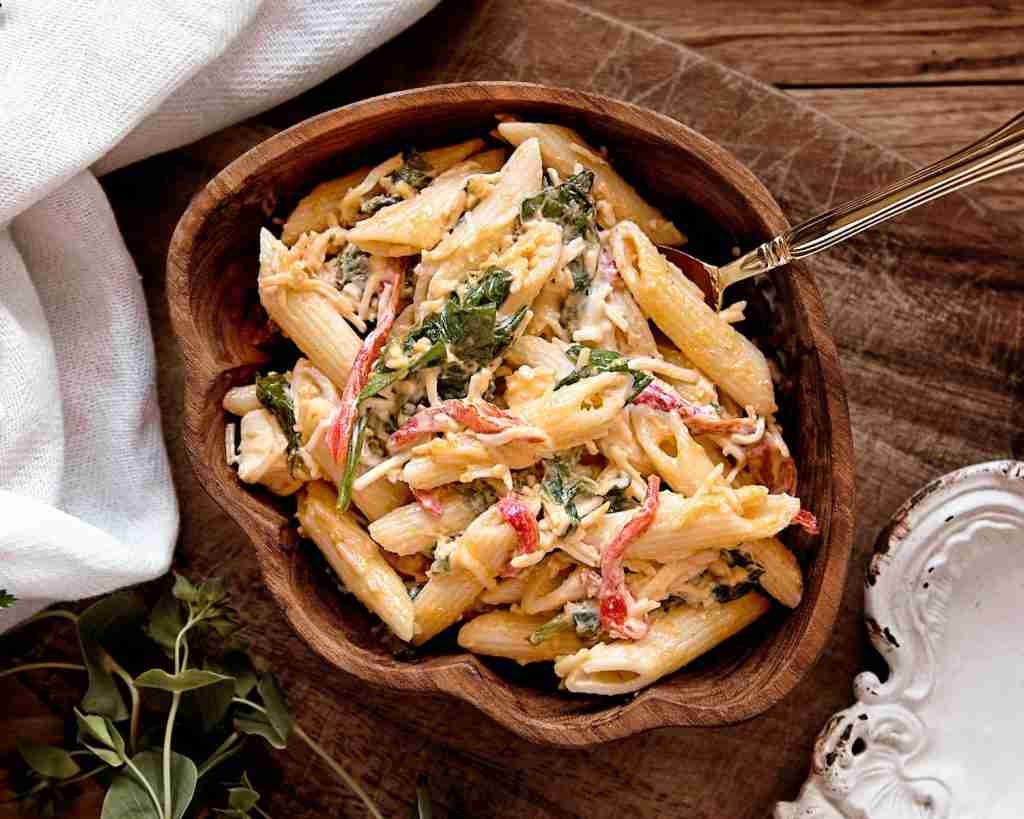
17. In some parts of Italy, it is traditional to eat lentils and pasta together on New Year’s Day for good luck.
Italy is a country rooted in tradition and culture. Each holiday celebrated has various unique customs, like the New Year’s Day feast being one of them. In some regions of Italy, it is believed to be good luck for you to partake in the custom of enjoying lentils and pasta together on this special day.
This combination has been heralded as one that brings about prosperity, health and fortune for the new year ahead.
While many choose to create recipes with their lentils and pasta, some opt for more traditional dishes that have been passed down from generation to generation, honouring those of the past while looking towards the future with hope and optimism!
18. The first pasta machine was invented in 1789 by an Italian man named Francesco di Marco.
History was made when Italian inventor, Francesco di Marco, decided to invent something special in 1789. A breakthrough creativity revolutionised the world of pasta production as he unveiled his unique and versatile pasta machine.
This small creation allowed large quantities of fresh pasta dough to be fed through a comb-like machine that would then form and extrude it into spaghetti, macaroni and other varieties of shapes.
19. In ancient times, pasta was often used as a form of currency.
In ancient times, people recognized that pasta was not only a trustworthy, but overwhelming precious mid for commerce.
Since its wide abundance in the area, up until the historic times people might barter amounts of wheat and durum to passing merchants in exchange for much needed staple goods and resources.
Its importance was so considered that dried pasta was often used as a form payment for special events or basic mercantile exchanges.
20. The world’s largest pasta dish was made in 2017 in the Philippines and weighed over 4.4 tons.
In 2017, the Philippines leveled up their culinary prowess when they prepared the world’s largest ever pasta dish. Weighing in at an astounding 4.4 tons, this meal is sure to have left people full and satisfied for days! As far as pasta dishes go, it was certainly a venture for the books.
The over 200 volunteers that contributed ingredients, time, and energy succeeded in cooking up something spectacular and full of flavor. Even today, it is difficult to imagine one dish weighing so much or being cooked across such an expansive area!
21. In some countries, pasta is served as a dessert, with sweet sauces and toppings.
Across many countries, there exist curious culinary uses of pastas that may be unexpected to some! Unique recipes treat pasta not as a savory dinner dish, but as a delicious dessert. Sweet sauces and toppings adorn the funny forkfuls of soft carbs.
This reimagining of dinner made delightful often produces incredible flavors. The dish may feature surprising sweetness accompanied with rich and heavenly aromas.
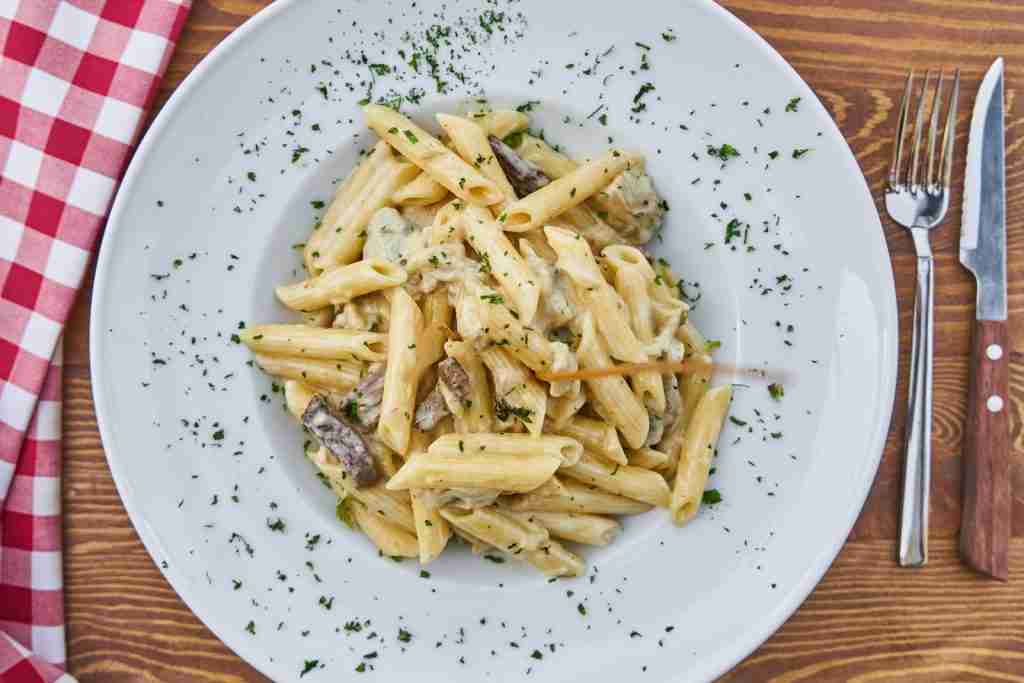
22. October 17th is National Pasta Day in the United States.
In the United States, “National Pasta Day” has been officially assigned to October 17th. People from all around the country take this day to celebrate their love for the comfort food classic by indulging in various types of shaped and flavored delicacies.
Restaurants pour out special deals on pasta dishes, while grocery stores look to make it easier to recreate different versions at home. For those brave enough, family recipes are put to the test revolving around its beloved primary ingredient.
Irrespective of one’s summery pasta preference, one thing is clear – fluffy filler that delivers a comforting flavor should always be reckoned with.

